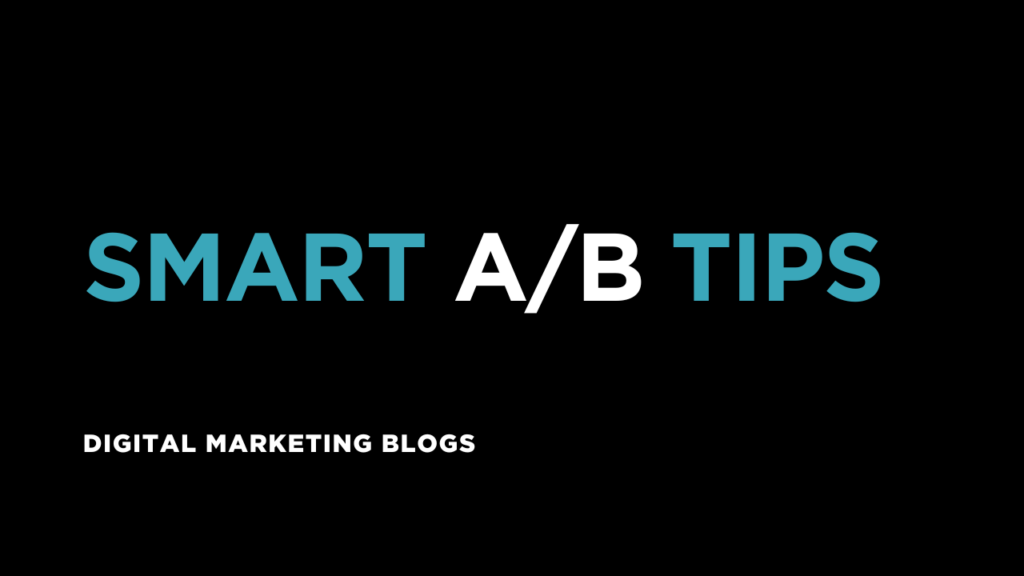Testing ad creatives is essential for digital success, but it often becomes an expensive guessing game. Brands push out multiple versions, hoping one will click, only to end up with minimal results and high costs. The truth is, creative testing doesn’t have to drain your budget if you follow a structured approach.
This guide shows you how to test creatives the right way — using smart segmentation, clear metrics, and budget control — to find top performers without overspending.
Why Creative Testing Matters
The creative is the most powerful driver of performance in digital advertising. Whether it’s an image, video, headline, or call-to-action, your creative influences clicks, conversions, and overall ROI.
Benefits of Testing Creatives
-
Identify what resonates with your audience
-
Improve ad performance over time
-
Reduce cost per click or conversion
-
Minimize guesswork in campaign design
But random testing without strategy often leads to poor insights and wasted spend. That’s why structured testing is key.
1. Define Your Hypothesis Before You Test
Don’t test just for the sake of it. Know what you’re testing and why.
Good Hypothesis Examples
-
“Using real customer photos will increase click-through rate”
-
“Shorter videos under 15 seconds will improve completion rate”
-
“Benefit-focused headlines will outperform feature-heavy ones”
Having a clear hypothesis helps you choose variables and measure results effectively.
2. Test One Variable at a Time
Changing multiple elements at once makes it impossible to identify which one caused the performance shift.
Elements to Test Separately
-
Headline
-
Image or thumbnail
-
Call-to-action
-
Ad format (carousel vs. single image)
-
Copy tone (emotional vs. logical)
Start with the variable you believe has the biggest impact and iterate from there.
3. Use Controlled A/B Testing Structures
Run two versions of an ad with only one difference between them. Show each version to similar audience segments under the same conditions.
Platform Features to Use
-
Facebook’s A/B Test tool
-
Google Ads’ Experiments feature
-
Split audiences using lookalikes or interest-based targeting
Controlled environments lead to more accurate insights.
4. Limit Your Budget for Test Campaigns
Start small. There’s no need to put your full ad budget behind test creatives.
Smart Budgeting Tips
-
Allocate 5–10% of your total budget for testing
-
Use daily budgets instead of lifetime to maintain control
-
Monitor early signals like CTR, CPC, and CPM before scaling
The goal is to get directional data, not instant profits.
5. Optimize for High-Intent Metrics
Avoid vanity metrics like likes or shares when evaluating creatives. Focus on numbers that directly affect your business goals.
Metrics That Matter
-
Click-through rate (CTR)
-
Cost per click (CPC)
-
Conversion rate
-
Cost per acquisition (CPA)
-
Return on ad spend (ROAS)
Choose the metric that aligns with your objective — whether it’s awareness, traffic, or conversions.
6. Shortlist and Scale Top Performers
Once you identify a winning creative, gradually increase its budget while maintaining the same targeting. Avoid changing too many variables at once.
Scaling Tips
-
Duplicate the ad set with increased budget
-
Use lookalike audiences for broader reach
-
Refresh copy or offer slightly to maintain engagement
Scaling slowly helps avoid ad fatigue and keeps performance steady.
7. Rotate Creatives to Avoid Fatigue
Even high-performing creatives lose impact over time. Plan ahead by building a rotation of ads you can swap in once performance dips.
When to Rotate
-
Frequency goes above 3–4
-
CTR drops significantly
-
Engagement slows down
Keep your audience engaged with fresh variations every few weeks.
8. Repurpose High-Performing Elements
A strong hook, image, or message from one creative can inspire other formats. Use what works across different ad types.
Repurposing Ideas
-
Turn a top headline into an email subject line
-
Use a strong image in your website banner
-
Expand a short video into a carousel or blog post
Maximize ROI by leveraging proven content in multiple places.
9. Use Organic Posts to Test Ideas First
Before spending on ads, test content ideas organically. See what gets the most engagement on your brand’s Instagram, Facebook, or LinkedIn.
What to Watch
-
Post comments and shares
-
Organic reach and saves
-
Clicks to bio or website
This gives you low-cost insights before you invest in paid testing.
10. Analyze and Document Your Results
Treat your creative testing like a mini-lab. Keep records of what you tested, what worked, and what didn’t. Over time, this builds a knowledge base that makes future decisions easier and smarter.
What to Track
-
Date and duration of test
-
Audience targeting
-
Budget spent
-
Performance metrics
-
Final outcome or insight
Documented learning prevents repeating mistakes and accelerates growth.
Local Application for Kerala Brands
For businesses targeting specific regions, creative testing should also factor in cultural preferences and language.
For example, a digital marketer in Kerala might A/B test creatives in both Malayalam and English, or compare ad visuals that highlight regional festivals or traditional lifestyles. Testing locally relevant visuals often yields better engagement and conversions.
Final Thoughts
Creative testing doesn’t have to break the bank. With a disciplined approach, you can find high-performing ads that drive real results — all while staying within your budget. Start small, stay focused, and scale only what proves to work.



